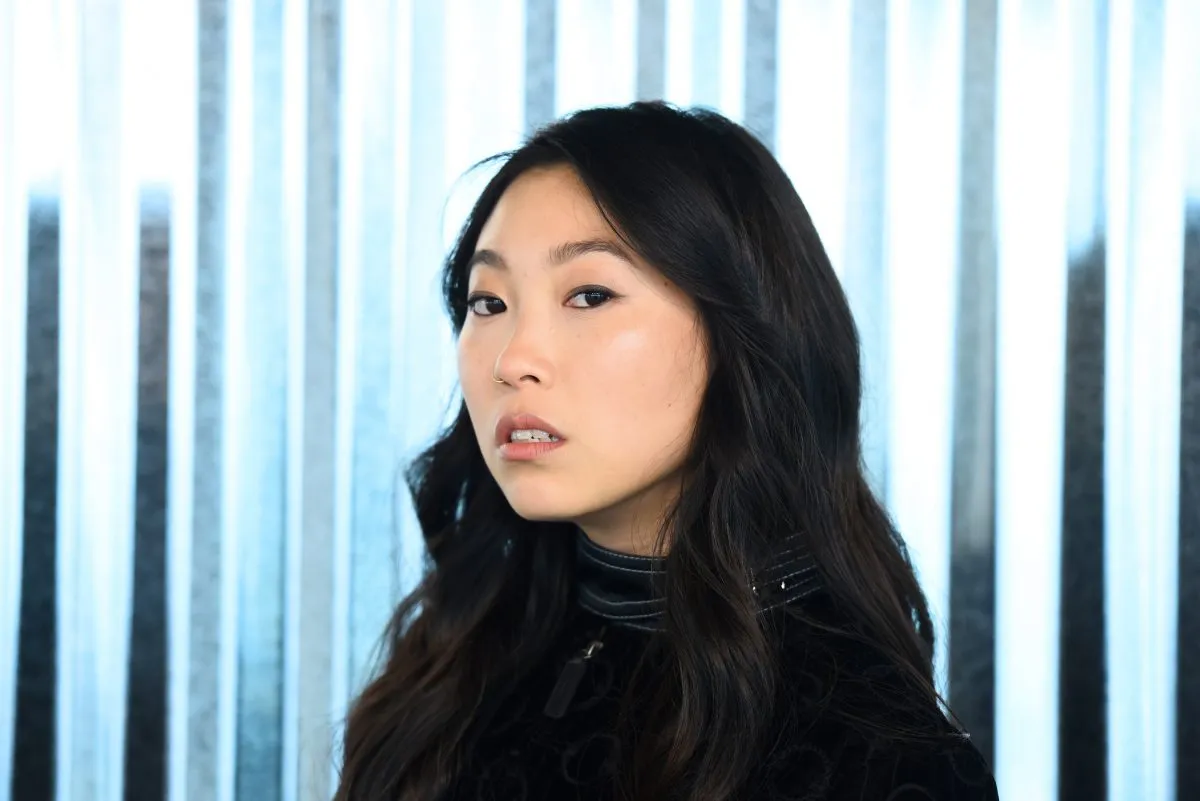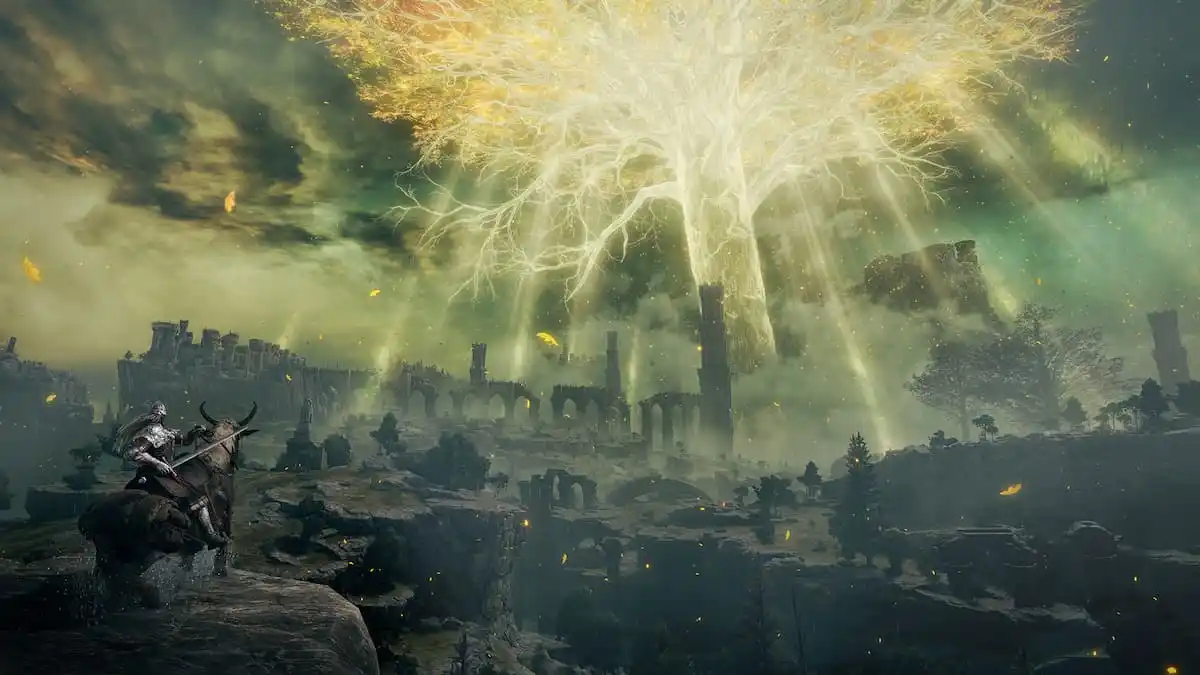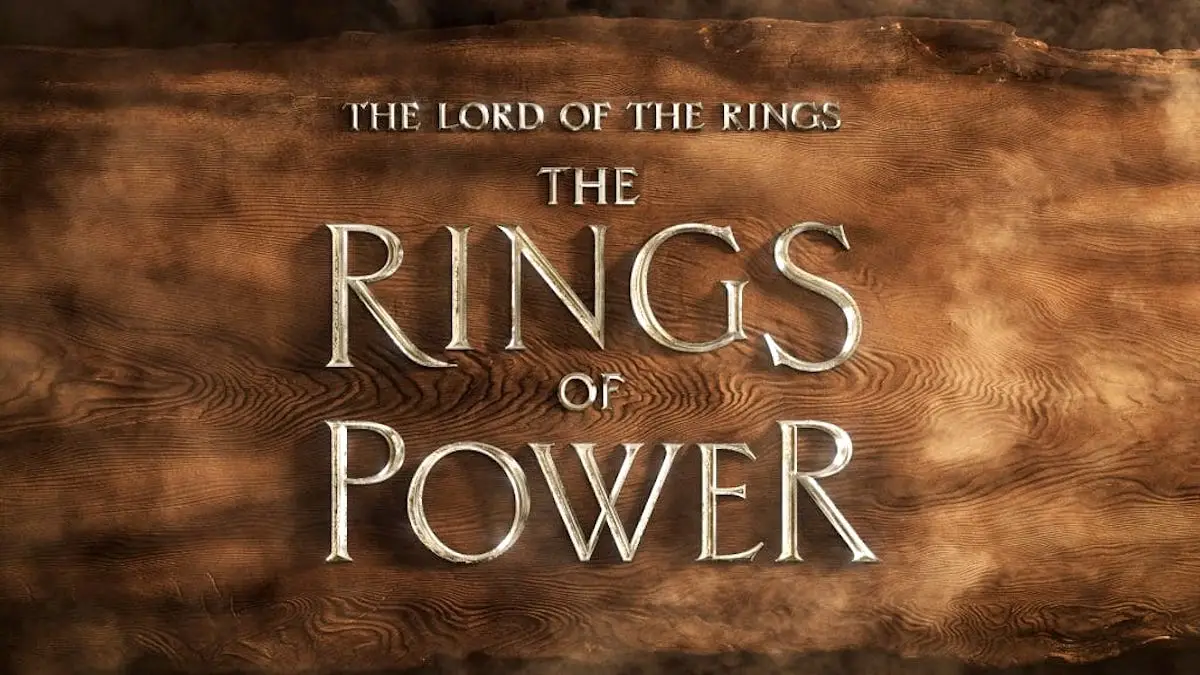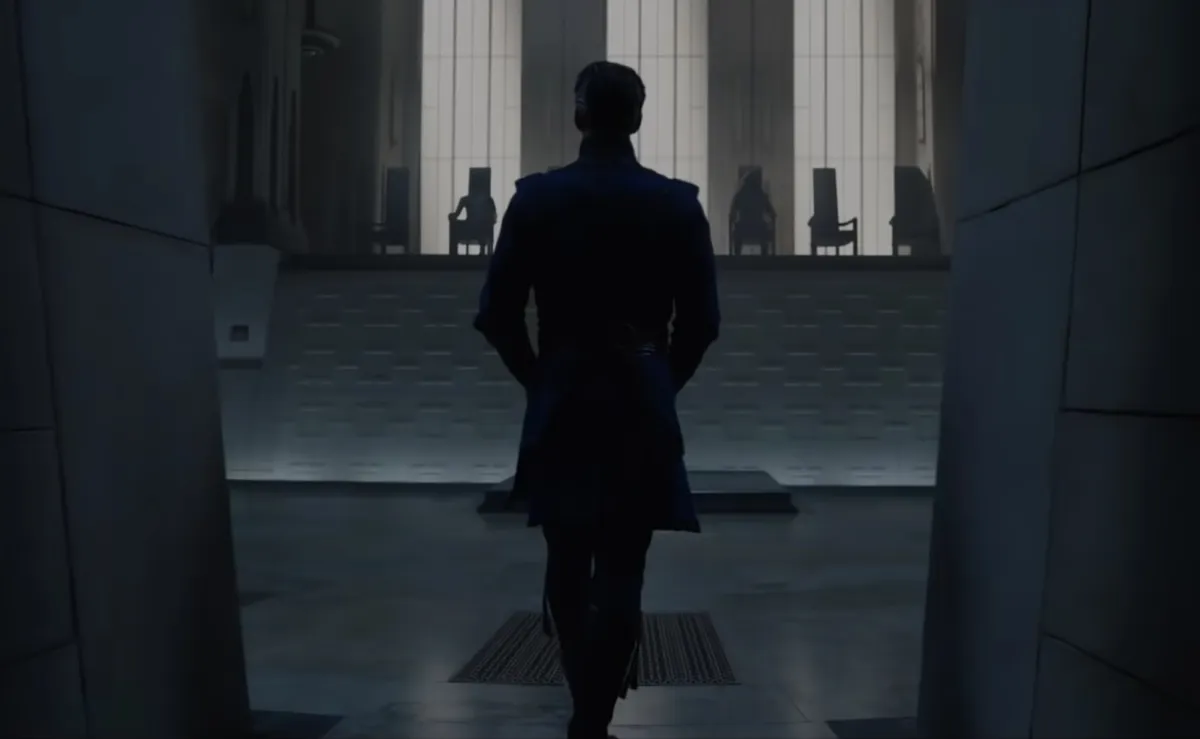Following years of debate about her use of “blaccent,” Shang-Chi star Awkwafina finally addressed the matter in an interview. Unfortunately, her vague response—that she was “open to the conversation” and that the topic “is a little bit multi-faceted and layered”—left much to be desired, and only served to reignite the controversy.
Let’s take a look at how Awkwafina came to be on the receiving end of such questions, and why her continued dodges remain so disappointing.
After garnering attention from her 2012’s rap song “My Vag,” Awkwafina’s career went from a slow walk to a sprint in 2018. In addition to her EP In Fina, We Trust releasing, she starred in both Crazy Rich Asians and Ocean’s Eight. Since then, her career has skyrocketed.
Born Nora Lum, Awkafina is a New Yorker native of Chinese and Korean ancestry who was raised in Queens. Back in 2018, there was some pushback of Awkwafina as she became more mainstream.
At the time, I (incorrectly) chalked it up to the name, the raunchiness, and the stoner humor. Especially since, as with criticisms directed at prominent Asian-American comedians like Ali Wong and Margret Cho, I believed many were just upset to see Awkwafina be vulgar while in the spotlight. The vitriol people spew when a white woman makes R-rated jokes is terrible enough. Women of color get more flack if they are even noticed at all.
It took years for me to see through to the actual criticism: the way that Awkwafina wore Blackness. Especially her use of African American Vernacular English (AAVE) and “blaccent.”
As Lauren Michelle Jackson wrote in 2018 for New York Magazine, breaking down Awkwafina’s Crazy Rich Asians performance and the problems of cultural appropriation: “Sliding in and out of a grammar that speeds past certain consonants, utilizes the habitual ‘be,’ and takes on a twang with danks and struggles aplenty, Awkwafina has inspired the resurrection of that dreaded portmanteau reserved for nonblack people with black voices, hardly seen since Iggy Azalea could claim song of the summer: blaccent.”
And as Bettina Makalintal wrote in Vice, working through how Awkwafina had become a “complicated” icon of Asian-American representation: “As she borrowed from Black culture in order to make a name for herself, the woman born Nora Lum performed a series of racial stereotypes for coolness and clout, and through that posturing, she made her way from viral internet rapper to critically acclaimed actress. […] When it comes to unpacking the conversation around Awkwafina, many seemingly conflicting things can be true at once. Awkwafina is groundbreaking, but she can also feel like a step backward.”
For a while, I took the excuse from many of Awkwafina’s fans/commenters that her speech was from living in Queens. Even when she changed out of AAVE on occasion, I cautiously (once again, incorrectly) dismissed it as code-switching. The practice of code-switching doesn’t just apply to Black folks, but that is not what she was doing.
My attitude regarding Awkwafina changed in 2019 when she began doing press for the movie The Farewell. All of a sudden, she dropped the AAVE just in time to contend in award season. She made it, and she didn’t need to hold up a facade anymore. She became Nora Lum again.
Many of the previous concerns and criticisms about Awkwafina re-emerged in August and September with her high-profile role as Katy, Shang-Chi’s oldest friend, in Marvel Studios’ Shang-Chi and the Legend of the Ten Rings. Amongst the flurry of blockbuster publicity and coverage, discussion continued, primarily on social media.
Say it with me, “Awkwafina speaking in blaccent is not code switching”
— Frankie Huang 黄秋隐 (@ourobororoboruo) August 16, 2021
Once you see it, you can’t unsee it.
While I now see Awkwafina’s “blaccent” performance for what it was (an actual performance), these conversations remain ongoing. Lum’s stage name “Awkwafina” has continued to trend under “Hip Hop” on Twitter every other week for the past two months, and more people are coming to find this appropriation troubling.
Recently, Awkwafina was finally confronted with the topic in an interview on camera.
.@awkwafina addresses controversy of her using a ‘blaccent’ in films: pic.twitter.com/razgNiTFke
— Reuters Showbiz (@ReutersShowbiz) September 10, 2021
In this laughable response, she is essentially saying a whole lotta nothing. Here is what she said:
“Um … You know, I’m open to the conversation. I think it really is something that I think is a little bit multi-faceted and layered, and so … yeah.”
But let’s break it down anyway.
Even before I saw Awkwafina drop the blaccent, if you look beyond the surface-level excuses, any narrative quickly crumbles. Starting with the assumption that this way of speaking came from her environment, which is a suggestion that was often put forward by her fans and defenders.
While NYC promotes itself as a very diverse place, the city, like the rest of America, can be very segregated by and within its boroughs. The area of Queens that Lum grew up in, Forest Hills, is predominantly white and Asian. The prestigious LaGuardia school for the performing arts on the Upper West Side that she attended has a majority white student population. Its most recent stats put the student demographics at 43% white, 20% Asian or Pacific Islander, 17% Hispanic or Latino, and 9% Black or African American.
Returning to author Lauren Michelle Jackson in her writing about “the blaccent”:
“We see its influence in what ends up valued and not valued, but more often, appropriation goes undetected. A white person may be just as likely to learn black lexicon from another white person who learned it from a Twitter user who often retweets Rihanna-related content. In the year 2018, it’s hardly, if ever, a straightforward route from A to B.”
The AAVE that Nora Lum would have heard on the day-to-day could have been from interactions with Black students or people in her neighborhood. However, she likely picked it up from her favorite Black media in addition to the regular everyday interaction with other non-Black students and people online appropriating it.
In addition to the fact that Lum should have known better because of her connectedness online and age, she has spoken up about problematic representation in the past. In a 2017 interview with VICE, Lum said:
“I refuse to do accents. I’m not OK with someone writing the Asian experience for an Asian character. I make it very clear, I don’t ever go out for auditions where I feel like I’m making a minstrel out of our people.”
For the record, though there is a lengthy history of people in yellow-face and Asian stereotypes perpetuated in theater and film—there is no history of Asian minstrelsy as it existed as an entertainment institution in America. Those are caricatures and disgusting. Minstrelsy is specific to the depiction of Black people and culture.
Regardless, her comment shows she (kind of) has an idea of what minstrelsy is but somehow thinks that she is the exception.
“I refuse to do accents. I’m not OK with someone writing the Asian experience for an Asian character. I make it very clear, I don’t ever go out for auditions where I feel like I’m making a minstrel out of our people.” – Awkwafina pic.twitter.com/o9OtfBXd5n
— Xvengers (@MonicasFlight) August 14, 2021
Before The Farewell, in all of her high-profile roles, Lum used the blaccent and AAVE. In Crazy Rich Asians, she amounted to the “sassy Black friend” stereotype—something director Jon M. Chu admitted to changing from the book because Awkwafina was cast for her YouTube comedy. For those keeping track, this is the same director of In The Heights (another film that mishandled Blackness.)
Her role as the street trickster in Ocean’s Eight has continued to be scrutinized for using an accent for blaccent comedic effect.
So many non-Blacks have ascended in this industry because they are not afraid to make mockery of Blackness, while at the same time demanding adequate representation of their own.
It some Black Mirror shit we are caught up in. And, it’s frustratingly sad.
— MeganTheeStallion’sPatella (@KirkWrites79) August 16, 2021
All her roles since “making it,” such as Jumanji: The Next Level, The Dark Crystal: Age of Resistance, etc., Lum has dropped the use of AAVE because it has served its purpose. Even in her comedy show Nora from Queens, where we might expect to see liberal use, it is scaled back severely.
It puzzles me that Awkwafina still has not acknowledged how she has used Black culture to her benefit. This refusal to own up exacerbates audiences that want to support her. A statement is not career suicide. There will be no boycott. Why refuse the chance to demonstrate empathy? https://t.co/kfqcyuXJSp
— William Yu 유규호 (@its_willyu) August 17, 2019
In a 2018 interview with Yahoo Movies UK, in which Ken Jeong was under fire for his character’s stereotypes in The Hangover series (which he says was the point of the character), Lum was asked in an interview about her thoughts on the discourse around her performance of Goh Peik Lin (Crazy Rich Asians).
In the question, the interviewer dismisses the criticism as “multiculturalism,” citing the documentary Bad Rap (which highlights Lum and a few other Asian American rappers), allowing Lum to shrug off critique fairly easily. It also allowed her to deny that she had used the “from Queens” excuse herself.
“I don’t really take the stance where I’m just like well you know I’m from this [place],” she said. “… I welcome that conversation because as an Asian-American identity we’re still trying to figure out what that is, so I welcome the conversation.”
While not a great response, she did seem open to further conversation. Fast-forward to 2021, and the now-recycled answer seems a lot more tired. That sigh during the Reuters interview clip reads like, “come on, guys, I thought we were done with this.” The conversation is over for Awkwafina because she doesn’t want to have it. At this point, her response feels disingenuous, and our patience for dialogue has expired. She needs to sit down, listen to her critics, and engage in an actual conversation without vagaries.
Both Black and Asian American writers for YEARS at this point have carried this conversation, and Lum clearly does NOT want to be a part of it.
To Marvel and beyond
Y’all, I desperately want to cheer for her, but I just can’t anymore. Like Gina Rodriguez before her continual misbehavior, I used to flock to whatever projects there were to show support. Now, upon seeing their casting, I dread the projects.
Even after Disney lifted the premium paywall for Raya and The Last Dragon, I waited months to see it, and I came out of it loving it—in spite of Lum’s involvement.
With Shang-Chi and the Legend of the Ten Rings, I’m similarly torn as, again, Akwafina plays one of the main characters. In a landscape where a big-budget, majority-Asian American films have (until this film) only come once every 20 years, how are we supposed to handle when one of the leads is Lum, and this conversation continues unresolved?
Even the name Awkwafina is giving Black mockery 😭
— ⚢ Lesbian Witxh(They/Them) (@WitxhSapphic) August 16, 2021
Because Hollywood is rigged against supporting projects with, by, and for people of color unless it appeals to the white gaze, I show up with money and fan art. Lum’s refusal to acknowledge and make amends makes this very hard as she has become one of the few Asian actresses whose presence ensures financial investment into a project. Previously the only Asian American actresses to be afforded that honor were Emma Stone and Scarlett Johansson.
This Marvel role could have gone to other well-established actresses or helped propel someone new into the spotlight. Instead, the first Marvel superhero film with Asian leads has another hurdle to overcome.
(featured image: Jared Siskin/Getty Images for Longchamp)
Want more stories like this? Become a subscriber and support the site!
—The Mary Sue has a strict comment policy that forbids, but is not limited to, personal insults toward anyone, hate speech, and trolling.—










Published: Sep 22, 2021 04:50 pm